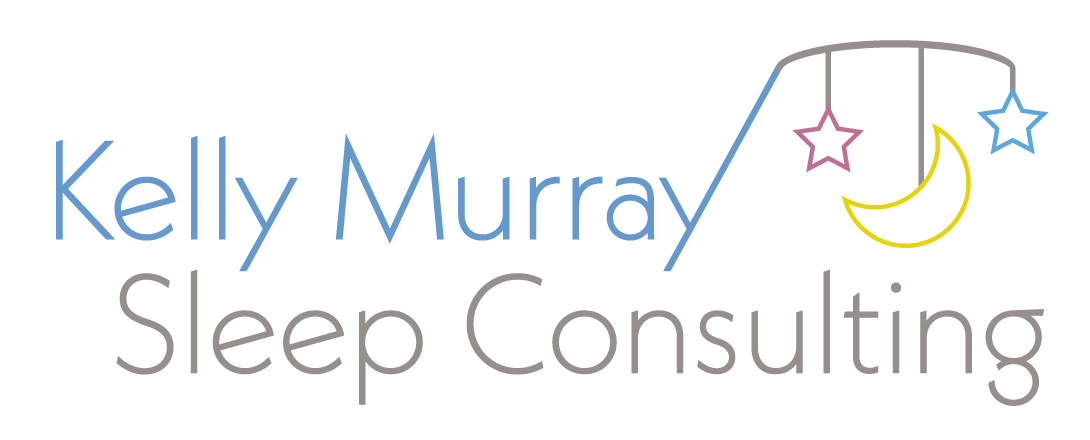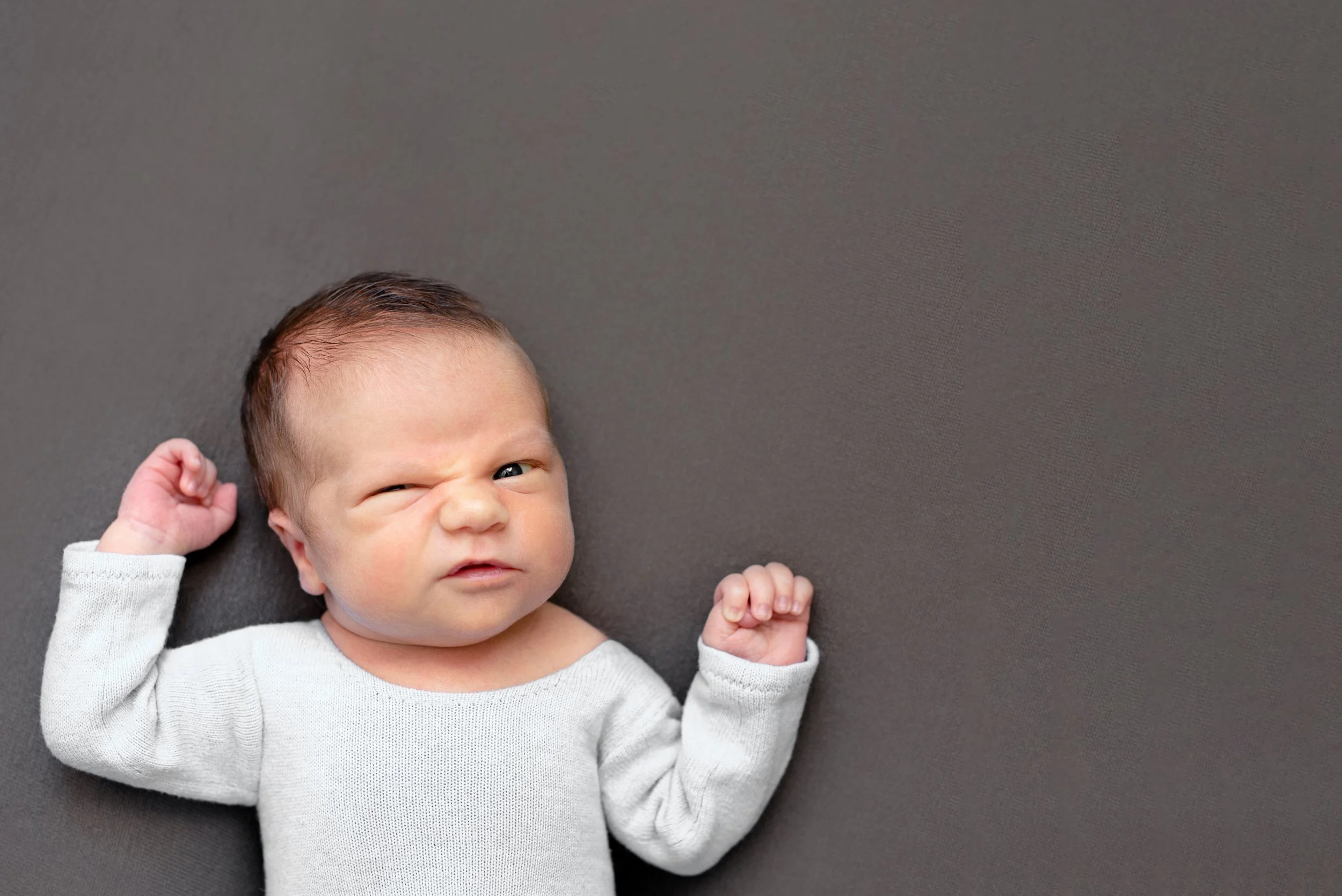Mastering Newborn Sleepy Cues
By : Natalie Myre Hart, SENIOR Sleep Consultant
Let’s dive into a critical topic for new parents:
Recognizing your newborn's sleepy cues.
Knowing these cues is essential to prevent overtiredness and promote healthy sleep patterns from the start.
The Importance of Identifying Sleepy Cues
Newborns (babies aged 0 to 12 weeks old), exhibit specific behaviors that signal tiredness. Recognizing these signals early can help you prevent your baby from becoming overtired, a common issue that can disrupt sleep for both of you.
Phase One
Early Signs of Sleepiness
The initial phase of sleepy cues can be subtle but noticeable if you know what to look for. These signs include:
Averting eyes
Turning head away
The "blank stare"
When you see these cues, it's your cue to start winding down activities and prepare your baby for a nap.
Phase Two
Clear Indications It's Time for Sleep
As tiredness progresses, your baby's cues become more apparent:
Yawning
Rubbing eyes
Frowning
These are signals to transition your baby to a quieter environment, perhaps rocking them gently or placing them in their crib while drowsy yet awake.
Phase Three
Overtiredness Warning Signs
If your baby reaches this stage, they may display more distressing behaviors due to a surge in cortisol, which can make settling down much more challenging:
Arching back
Fussiness escalating to crying
Screaming
It's crucial to act quickly if you observe these signs, as overtiredness has set in, making it harder for your baby to fall asleep.
Tips for Managing and Preventing Overtiredness
Understanding and reacting to the early phases of sleep cues can prevent the stressful overtired state. Here are a few strategies:
Always aim to put your baby down for a nap during Phase One.
Be consistent with nap times to help regulate your baby's sleep cycle.
If overtiredness occurs, don't worry—adjust and try to provide a peaceful sleep environment at the next nap.
Happy Sleeping!
By following these tips and closely observing your baby's sleepy cues, you can help ensure that both you and your baby enjoy more restful days and nights. Remember, every baby is unique, so these cues might vary slightly. Stay attuned to your baby’s specific behaviors and adjust your approach as needed.
Happy napping to all the new moms out there, and remember, recognizing and responding to these sleepy cues is a significant first step toward better sleep for your newborn!
Want to Start Shaping Your Newborn’s Sleep?
Good news! We’ve just released our Newborn Sleep Shaping course: The Murray Method for Newborns.
With this budget-friendly course, you can begin shaping your newborn’s sleep starting the day they’re home from the hospital.
If you need further assistance feel free to set up a complimentary discovery call with me or another member of the Kelly Murray Sleep Squad!
All team members have completed training with Kelly and have learned the Murray Method. Kelly continues to support, guide and oversee the Sleep Squad as they work with the families who trust in us. This way, all clients are able to experience the same amazing results (and lots and lots of sleep).
Sweet Dreams…
Kelly Murray is a certified sleep coach and an award-winning pediatric sleep consultant based in Chicago offering sleep coaching services nationwide.















